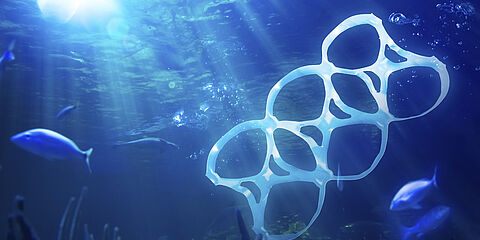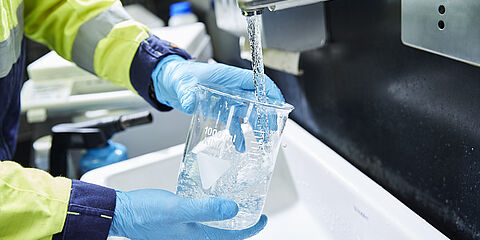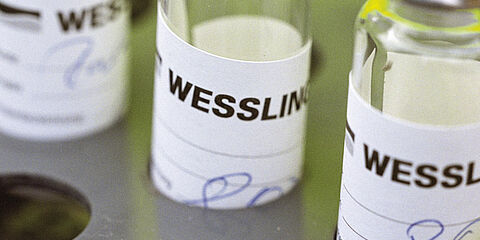Microplastics in drinking water: the European Commission selects analysis methods
On March 11, 2024, the European Commission announced a significant advancement in the monitoring of microplastics in drinking water. This announcement marks a major step in efforts to ensure the safety of water intended for human consumption.
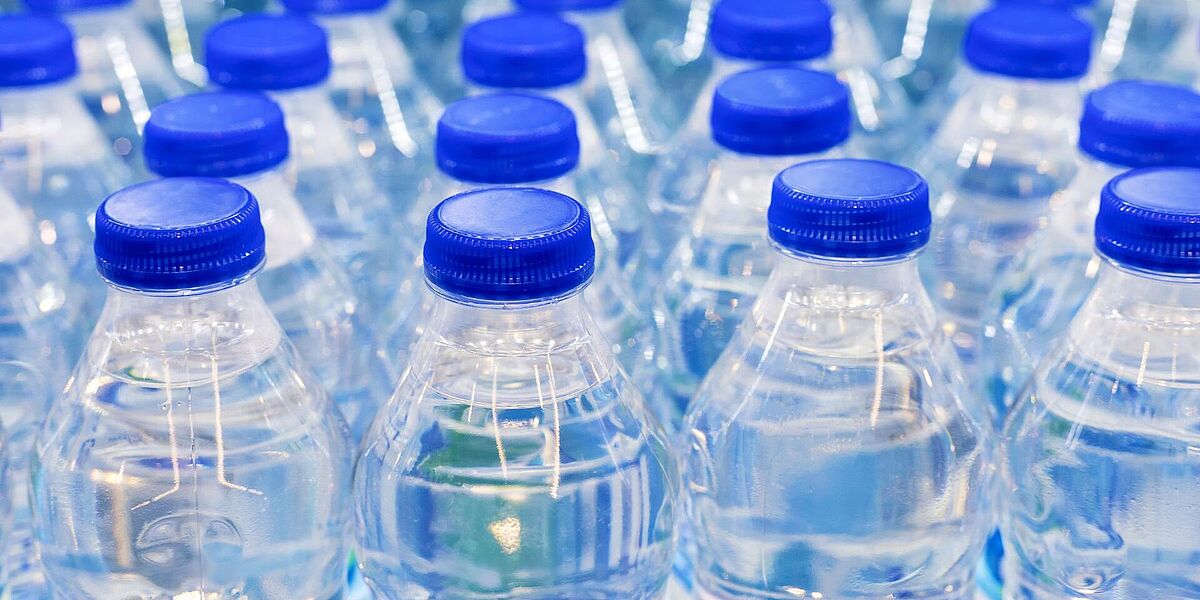
As part of the European Union's commitment to adopting a method for measuring microplastics for monitoring purposes, the Commission has selected this specific analysis method. It allows for the efficient detection and quantification of microplastics in drinking water, addressing growing concerns about the presence of these contaminants in our environment.
Existing methods for microplastics research:
The Commission examined two analysis methods for measuring microplastics in water intended for human consumption:
- Optical infrared (IR) or Raman micro-spectroscopy methods: These methods identify the polymer nature in individual particles and provide indications of their size and shape. They rely on comparing particle spectra with a library of spectra of known polymers.
- Thermal analysis methods: These methods identify polymers in a sample and quantify the total mass of each polymer type by comparing their thermal decomposition products with a library of mass spectra of known polymer pyrolysis products.
The method selected by the European Commission for microplastics research in drinking water is the optical infrared (IR) or Raman micro-spectroscopy method.
Indeed, the optical infrared (IR) or Raman micro-spectroscopy method is considered more reliable for detecting low concentrations of microplastics in drinking water compared to thermal analysis methods. Therefore, this method was favored by the commission. However, both categories of methods can be used depending on specific needs (other matrices) and technical limitations.
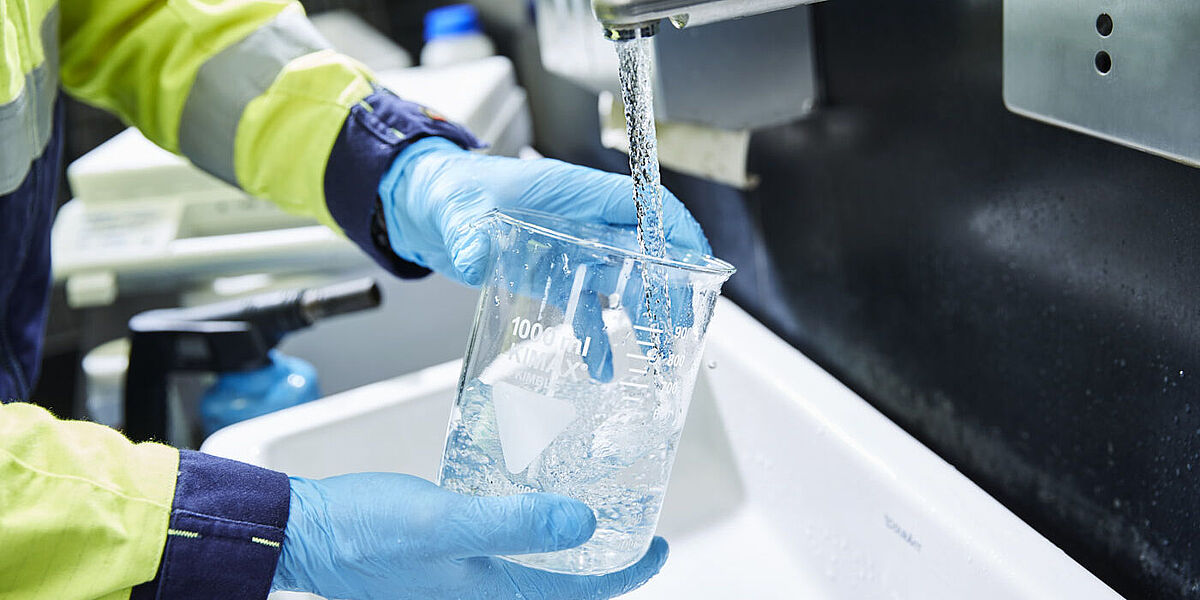
The Commission also establishes specific guidelines for sampling, processing, and analyzing water samples. According to this method, particles and fibers in drinking water must be collected using a cascade of filters. These filters, mounted on suitable supports, are designed to capture suspended matter in water while minimizing contamination by external particles.
Once collected, particles undergo a series of rigorous analyses, including optical microscopy or chemical mapping to determine their size, shape, and composition. Microplastic identification is then carried out by vibrational micro-spectroscopy, including μ-FTIR (micro-FTIR) and μ-Raman, techniques that allow for detailed analysis of the chemical composition of samples.
Anticipating future regulations
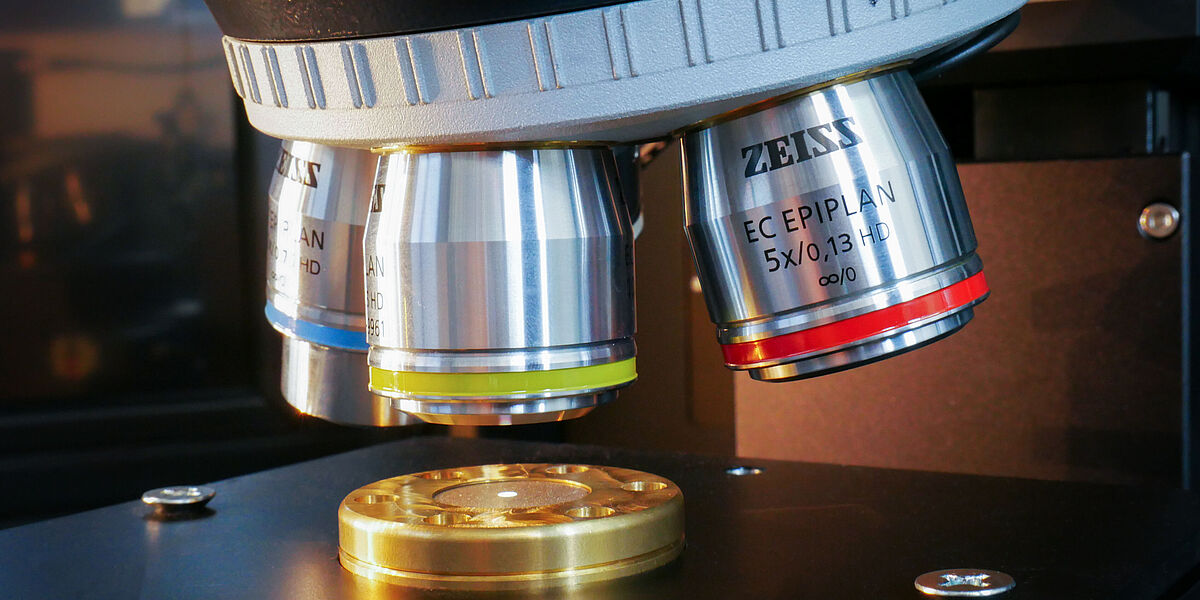
At WESSLING, we are pioneers in using these advanced methods for microplastics analysis. For several years, we have invested in state-of-the-art equipment and trained our team of experts to provide accurate and reliable analyses of microplastics in drinking water and various matrices. By using methods such as FT-IR microscopy, Raman microscopy, and GC/MS pyrolysis, we can precisely identify and quantify microplastics present in water samples, thereby contributing to ensuring the safety and quality of drinking water for all.
This regulatory advancement is a crucial step towards better understanding and effective management of microplastics in drinking water. We are committed to remaining at the forefront of technology and providing high-quality analysis services to meet the growing needs for monitoring environmental contaminants such as microplastics.
We strongly encourage you to assess your microplastic contamination to anticipate future regulations. To learn more about our analyses, contact us and request a quote.
Your contact:
- Frédéric Jeampierre
- +33 7 56 37 24 99
- frederic.jeampierre@wessling.fr

